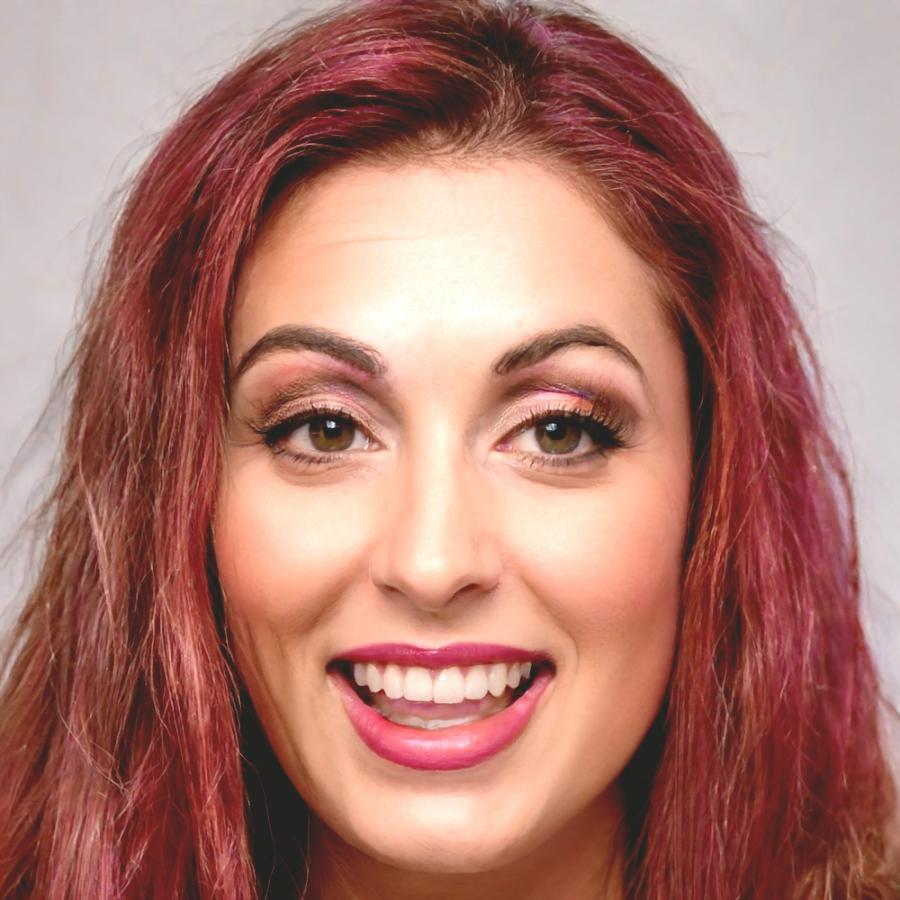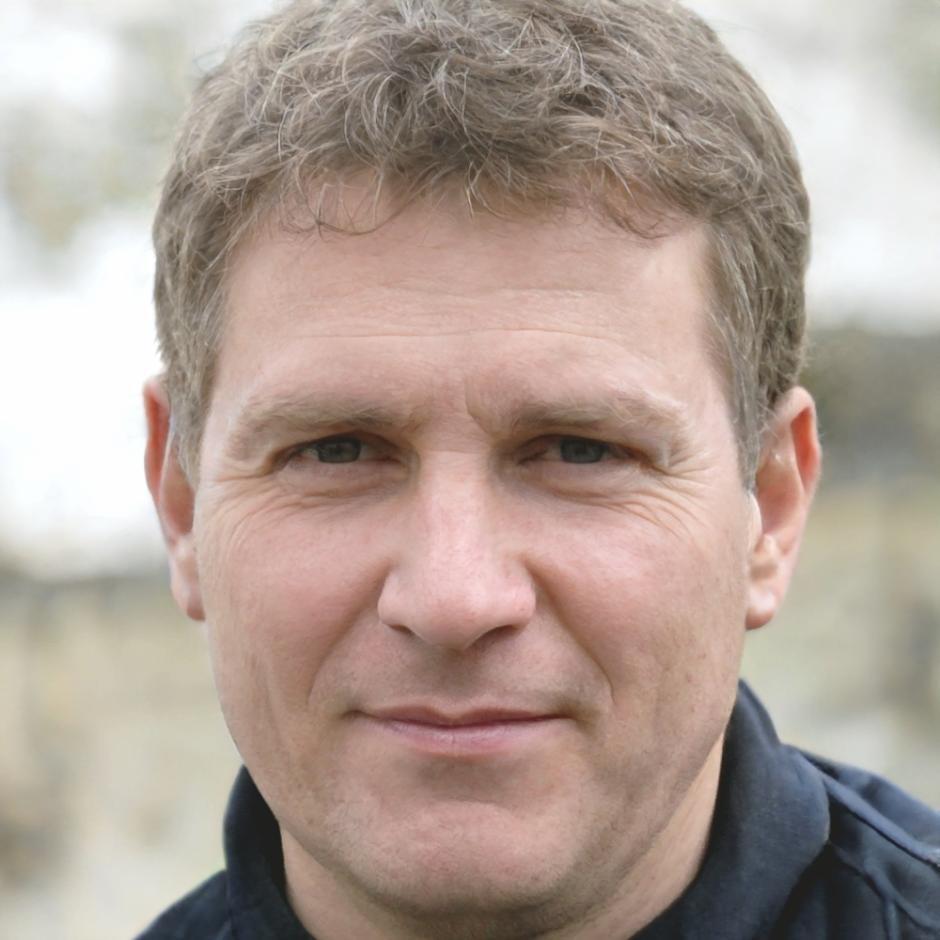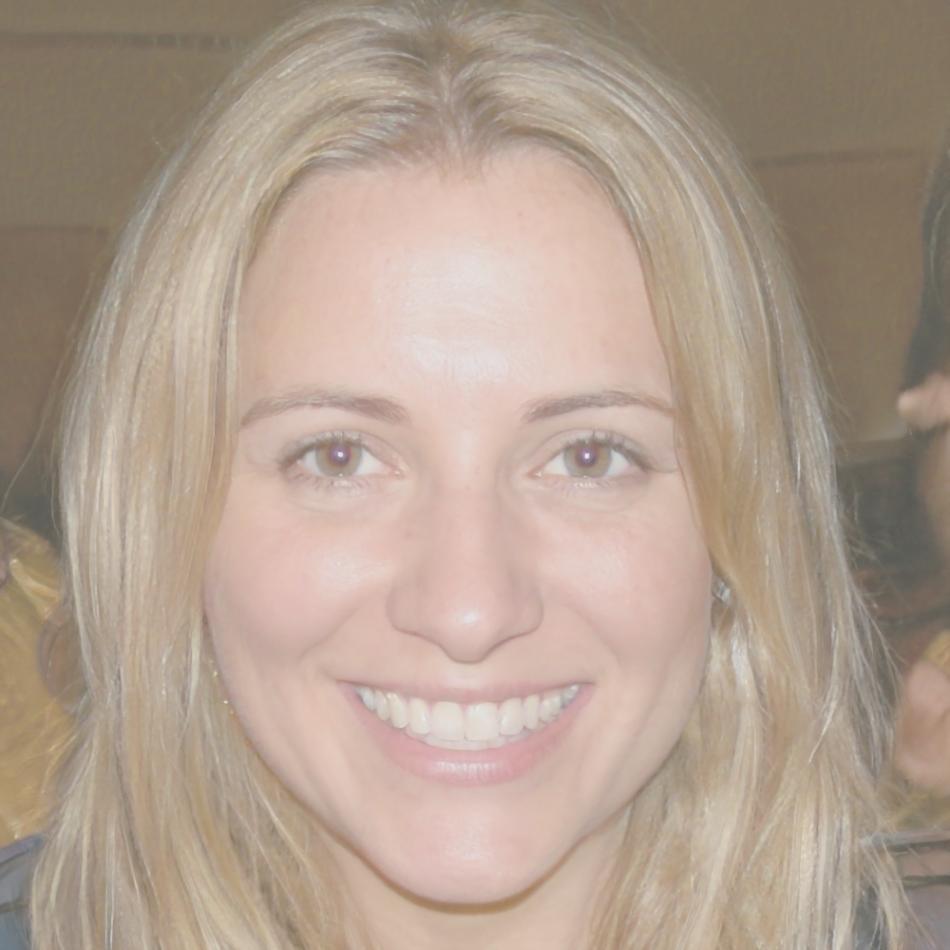From Operations to Analysis
Linh was working in operations management when she joined. She wanted to understand the numbers side better because she kept seeing decisions made without clear financial reasoning.
What's interesting is how she approached it—didn't quit her job, just consistently put in evening hours over those eight months. Now she's moved into a hybrid role where she bridges operations and finance teams.
Moved from operations coordinator to financial analyst role within her company
Developed internal reporting system that the finance department now uses regularly
Recently started mentoring new analysts on practical application methods




